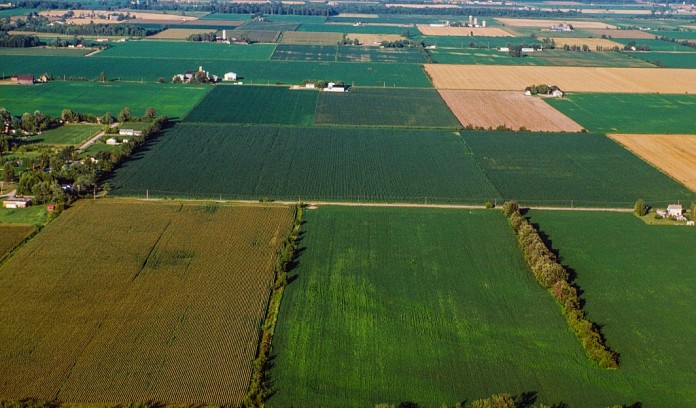American farmers are long familiar with acre wars. This regional, late winter scrum is a showdown over how many acres of corn, soybeans, cotton and wheat acres farmers will plant, mainly in the Midwest, Great Plains and South.
Most years these fights are decided by a variable — and oftentimes volatile — combination of three elements: what market prices are calling for, how government farm programs could affect prices and agronomy. The latter can be as subjective as “I don’t like growing soybeans” (my father’s long-held bias) or as objective as late spring rains requiring planned corn acres to be switched to soybeans.
In the last generation, these acre battles have taken on a new participant, the public, who now play a growing role in American farm and food policy. And why not; they pay the lion’s share of the nation’s food and farm program tab.
Today, that role is evident in the ongoing acreage fight between corn and wheat. First, a little background.
Background
In 1987, two years after the U.S. implemented its first ag-based alternative fuels program, U.S. corn acres totaled 65 million. Twenty years later, in 2007, after the ethanol program was supercharged by Congress with the Renewable Fuels Standard to mandate a 10% ethanol/gasoline blend, corn acres hit 93 million (the same number, incidentally, of planted corn acres in 2021).
Every one of those new, 28 million acres, and three to five million more most years, is devoted to the now legally-required ethanol market. As such, it’s almost impossible to overstate the impact ethanol has had on U.S. planted acres, net farm income and farm program costs.
That massive switch cost other crops precious acres. In 1981, before anyone knew how to spell ethanol, U.S. wheat acres hit a record-high 88 million. By the mid-1980s, after the introduction of both ethanol and the Conservation Reserve Program, total wheat acres had declined to 65 million.
Wheat
Today, the U.S. Department of Agriculture pegs 2021/22 total wheat acres at 37 million. That deep drop means the number of U.S. acres now devoted to both wheat, a foodgrain, and corn to make ethanol, a fuel additive, currently hover in the mid-30 millions. This single fact puts the food-versus-fuel debate in a telling perspective: We love our cars at least as much as we love food.
Equally striking, however, is that in the last 40 or so relatively peaceful years, American eaters haven’t even noticed wheat’s losing fight to corn and ethanol. Now, though, with two key wheat growing and exporting nations, Russia and Ukraine, at war with each other, world wheat prices — and, ironically, gasoline prices — are on a daily rollercoaster ride.
New crop wheat futures prices, in fact, are two times their price of barely a month ago. Both are fueling inflation. On March 10, the U.S. Department of Labor reported today’s annual inflation rate at 7.9%, its highest level since 1981. Over the last 12 months, gasoline prices are up 38% and food about 8%.
Change
Despite all the political jabber on how to lower both, there’s little anyone can do about either. Changes in planted acres for major U.S. crops like corn, soybeans, wheat and cotton come slowly and then only marginally. As such, war or no war, don’t expect large shifts in acreage when USDA issues its Prospective Plantings report March 31.
The same is true for ethanol. U.S. farmers and farm groups have spent decades turning ethanol into ag’s most sacred cow and it will take years, if not decades, before that cow is put out to pasture. That means ethanol has more than enough rural and political cover to withstand today’s ongoing fierce debate over carbon pipelines and rising food costs.
But just like U.S. wheat acres a generation ago, nothing in U.S. agriculture is bulletproof forever. Circumstances change and when they do, crop acres change. Just ask a wheat farmer — if you can find one.














